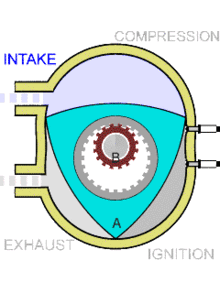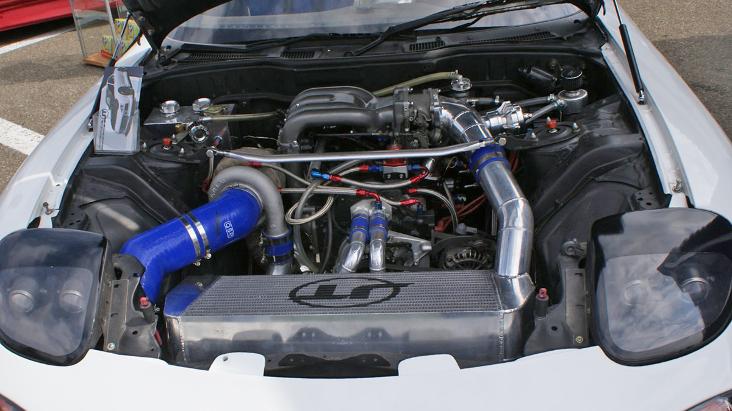Rotary engines
We are one of the few garages in Europe to specialize in Wankel engines. At JT-performance we have years of experience with shaky engines of, for example, the RX7 and RX8. Thanks to our knowledge, we can make a diagnosis quickly and properly and help you as much as possible with your vehicle.
We can also completely overhaul any type of Wankel engine and, if desired, apply upgrades. You can also order engines from us that we build and prepare with the parts selected by you. If desired, we also make custom parts.
We can also diagnose and measure compression, overhaul, port and rebuild. Adjusting a Wankel engine is also no problem. We do this on our own dyno and/or on the street so that your cars run perfectly under any circumstances.
Operations and history:
The Wankel engine, named after its constructor Felix Wankel, is an internal combustion engine that does not work with cylinders and pistons, but with an approximately triangular rotor that rotates in a drum. (see diagram). A fuel/air mixture is ignited in the open spaces between the sides of the triangular rotor and the drum, causing the rotor to rotate. The same cycles take place in a Wankel engine as in an Otto engine. Intake, compression, combustion and exhaust.
Since 1965, the Japanese Mazda has started using the Wankel engine (or rotary engine) to drive the wheels.
Over the years, Mazda has further developed the Wankel engine and so various variants have been launched. Think of the 10A, 12A, 13A, 13B, 20B, 26B. Unfortunately, the latter has never been a production bike.
Of all the types of Wankel engines, Mazda's 13B is the most famous and popular. It was the basis for all subsequent Wankel engines and Mazda produced the engine for 30 years. The engine consists of two rotors with both 654cc capacity. With which a total of 1300cc is realized. The engine capacity is therefore only 1.3 liters.
NIEUWE DIENST: Wankel Rotorplaten Vlakken – Maximale compressie, minimale slijtage!
Werk jij met Mazda RX-series of andere wankelmotoren? Dan weet je hoe cruciaal een perfect vlakke rotorplaat is voor de prestaties en levensduur van je motor.
Wij introduceren nu onze nieuwe vlakkingsdienst voor rotorplaten – met uiterste precisie uitgevoerd op moderne machines.
Herstelt compressieverlies
Verlengt de levensduur van je motor
Essentieel bij revisie of rebuild
voor alle wankelmotor-onderdelen (housing plates)
Of je nu werkt aan een RX-7, RX-8 of custom rotary build – wij zorgen ervoor dat jouw rotorplaten weer fabrieksvlak





